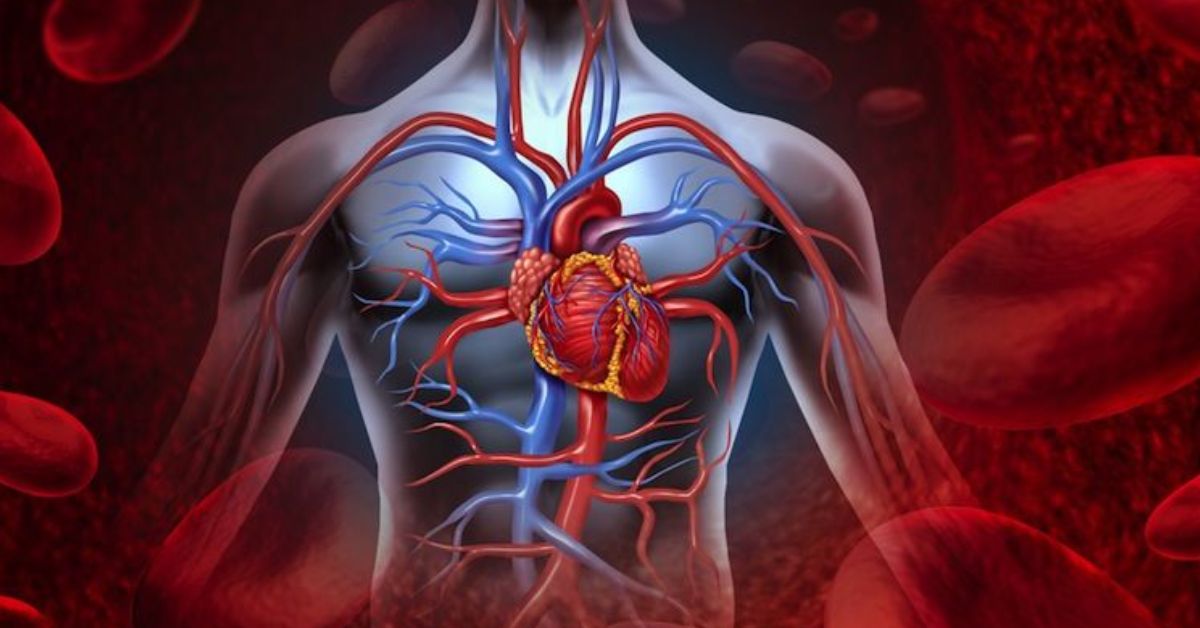Aortic stenosis (AS) is a critical condition characterized by the narrowing of the aortic valve, which obstructs blood flow from the left ventricle to the aorta. This obstruction can lead to severe cardiovascular complications such as heart failure, stroke, and cardiac arrest over time. In light of these risks, it is essential to explore the etiology, diagnostic methods, and treatment options for aortic stenosis to enhance overall patient care.
- Etiology of Aortic Stenosis
- Diagnosing Aortic Stenosis
- Treatment Approaches for Aortic Stenosis
- Comprehensive Management of Aortic Stenosis: Strategies and Prognosis
- Medical Management of Aortic Stenosis
- Surgical Interventions
- Postoperative Care and Monitoring
- Advances in Aortic Stenosis Treatment
- Epidemiology and Impact of Aortic Stenosis
- Prevalence and Demographics
- Health Outcomes and Mortality Rates
- Treatment Efficacy
- Future Directions
Etiology of Aortic Stenosis
Aortic stenosis primarily arises from age-related calcification of the aortic valve. As individuals age, calcium deposits progressively accumulate on the valve cusps, leading to the narrowing of the valve opening. In younger individuals, aortic stenosis may stem from congenital anomalies, particularly a bicuspid aortic valve, where the valve has only two cusps instead of the normal three. This abnormality can deteriorate valve function over time, culminating in stenosis. Additionally, aortic stenosis can be a sequel of rheumatic fever, a condition following a bacterial infection that may cause the valve to scar and stiffen. Lifestyle factors and other health conditions such as high cholesterol, hypertension, and diabetes can also accelerate the calcification and deterioration of the aortic valve.
Diagnosing Aortic Stenosis
The diagnostic process for aortic stenosis integrates clinical evaluation, imaging studies, and occasionally, invasive testing. Initial assessment typically involves a detailed patient history and a physical examination where a healthcare provider listens for a specific heart murmur indicative of AS using a stethoscope. Accompanying symptoms such as shortness of breath, chest pain, and fainting may prompt further diagnostic testing.
Echocardiography is the cornerstone of aortic stenosis diagnosis. This imaging technique employs ultrasound waves to create detailed images of the heart’s structure and function, allowing for the assessment of the severity of valve narrowing and its impact on blood flow. For more detailed visualization, cardiac MRI or CT scans may be employed to examine the extent of calcification and other structural details of the aortic valve.
Treatment Approaches for Aortic Stenosis
The management of aortic stenosis depends on the severity of the condition and the presence of symptoms. In mild cases, regular monitoring and managing risk factors may be sufficient. For moderate to severe stenosis, especially when symptoms are present, more proactive treatment is required. Surgical interventions, such as aortic valve replacement, are commonly recommended. This procedure can be performed traditionally or via less invasive methods like transcatheter aortic valve replacement (TAVR), which is particularly suitable for high-risk patients.
Understanding the causes, diagnostic procedures, and treatment options for aortic stenosis is crucial for improving patient outcomes and preventing the progression of this serious disease.
In some instances, a cardiac catheterization will be ordered. This invasive procedure threads a thin tube via a blood vessel into the heart to measure pressures and estimate the severity of stenosis directly.
These diagnostics are important for the determination of the disease and strategy of effective aortic valve stenosis treatment.
Comprehensive Management of Aortic Stenosis: Strategies and Prognosis
Aortic stenosis (AS) is a serious cardiac condition characterized by the narrowing of the aortic valve, which can lead to severe complications including heart failure, stroke, and cardiac arrest. The management of aortic stenosis largely depends on the severity of the condition and the symptoms presented by the patient. For mild cases, regular monitoring and lifestyle modifications may suffice. However, as the stenosis progresses, more aggressive interventions may become necessary.
Medical Management of Aortic Stenosis
In the initial stages or for those not suitable for surgery, symptom management may involve medications. These drugs, while effective at managing associated symptoms such as high blood pressure, do not halt the progression of the disease. Therefore, they are primarily used to improve the patient’s quality of life and manage the complications related to the stenosis.
Surgical Interventions
For severe cases, surgical options include traditional open-heart surgery or a less invasive procedure known as transcatheter aortic valve replacement (TAVR). TAVR involves replacing the valve via a catheter inserted through the femoral artery in the groin, offering a significant advantage for elderly patients and those with major comorbidities who are not candidates for open-heart surgery.
Postoperative Care and Monitoring
Post-surgery, patients require ongoing monitoring to ensure the new valve is functioning correctly and to prevent complications. Lifestyle modifications, including dietary changes and an appropriate exercise regimen, are recommended to enhance cardiovascular health.
Advances in Aortic Stenosis Treatment
The long-term outlook for patients with aortic stenosis has significantly improved due to advances in diagnostic techniques and treatment modalities. Early detection and timely intervention can lead to excellent outcomes, with many patients resuming normal activities post-recovery. Research continues to advance surgical techniques and explore potential medications that might slow the progression of valve stenosis.
Epidemiology and Impact of Aortic Stenosis
Aortic stenosis is a prevalent valve disease, particularly among those over 65, affecting 2 to 7% of this population, and up to 13% of those over 75. With the aging global population, the incidence of aortic stenosis and the need for effective treatments are expected to rise.
Prevalence and Demographics
Aortic stenosis is more commonly observed in men, with a 20% higher risk of developing calcific aortic stenosis compared to women. The incidence does not vary significantly geographically, although disparities in access to diagnostic and treatment facilities can affect outcomes.
Health Outcomes and Mortality Rates
Without intervention, symptomatic aortic stenosis carries a poor prognosis, with a 50% survival rate at two years and only 20% at five years post-symptom onset. Surgical and transcatheter interventions have dramatically improved outcomes, with postoperative survival rates approaching those of the general population, particularly when intervention occurs before significant cardiac damage.
Treatment Efficacy
Traditional surgical valve replacement has a high success rate, with a mortality rate of 1-3% around the time of the operation. TAVR has emerged as a highly effective, less invasive alternative, offering comparable long-term survival rates and is particularly advantageous for high-risk patients.
Future Directions
The ongoing aging of the population and advances in medical technology are expected to increase the number of patients treated for aortic stenosis. Improvements in diagnostic imaging, surgical techniques, and postoperative care are likely to further enhance outcomes and quality of life for affected individuals.
In summary, effective management of aortic stenosis is crucial for mitigating its impact on health and survival. With ongoing advancements in medical technology and treatment methods, the future holds promise for even better management of this challenging condition, improving the lives of those it affects.
You May Also Like: How Respite Care for Hospice Patients Can Enhance Quality of Life



